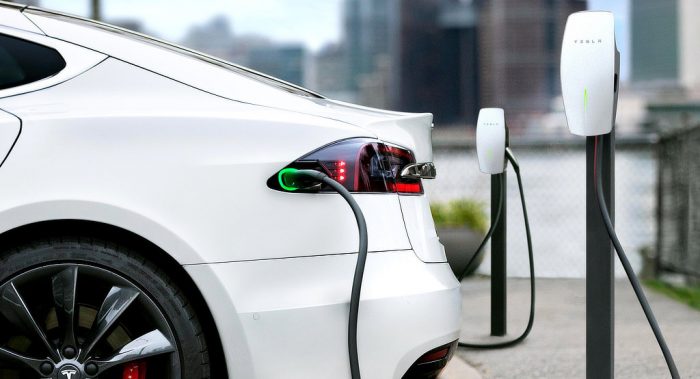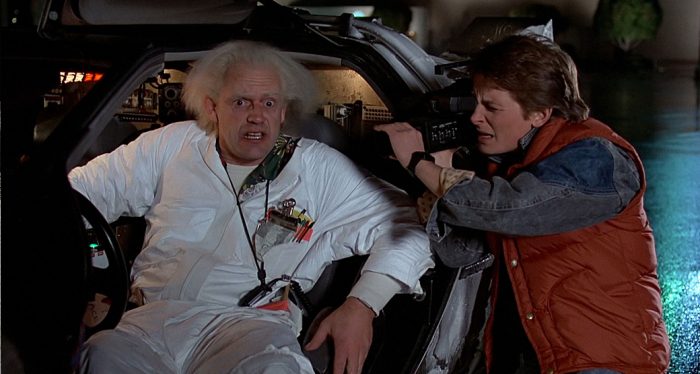One of the biggest questions surrounding driving an EV is ‘How will I charge it?’ Well, the answer isn’t as complicated as you may expect and there are certainly more options available today than there were several years ago. The key to understanding electric vehicle charging is knowing how the electric motor works in relation to the batteries in the EV. This pertains to the type of currents used to charge the batteries and the speed at which this can be done.
Through the use of public charging points, electric vehicles can be quickly charged whilst the driver is out and about. There are also home charging stations that are available, allowing the driver to charge their EV at home overnight. This is often a preferable option to those familiar with driving an EV, as it means they start their car in the morning knowing that it is fully charged. So how does the charging system work?
Electric Vehicle Charge Points
EV batteries are charged using direct current (DC), which is supplied by fast chargers. It’s these chargers that are capable of charging electric vehicles to around 80% in less than an hour. This makes them ideal for public charging stations as they allow drivers to park up and charge their cars mid-journey. This gives the driver a chance to grab a coffee and stretch their legs before hitting the road again in a re-charged vehicle. It’s possible for EVs to be charged this quickly due to the DC feeding directly into the batteries without the need for conversion. This is where alternating current (AC) chargers differ from DC chargers.

AC chargers use power from the grid, which is always via AC, making them an ideal option for home charging. However, because EVs are charged using DC and the grid supplies AC, it must be converted onboard before the current reaches the batteries. This is why AC chargers take longer; however, it means you can fully charge your EV as it’s safer, due to DC charging causing battery damage if it gets too hot.
If you have an electric car lease or own an electric vehicle, you could rely solely on public charging points if you wish, but it would make more sense, both logistically and economically, if you invested in a home charging station. There are grants available that can help them be more affordable too, such as the Electric Vehicle Homecharge Scheme (EVHS), which provides funding of up to 75% of the cost.

This can make home charging stations much more affordable and lead to cheaper running costs. If there are chargers installed at your workplace and at home, you’ll be able to charge your EV once it’s parked and not have to worry about running out of battery at key times. This can also help with range anxiety and instil confidence in your vehicle’s ability.








